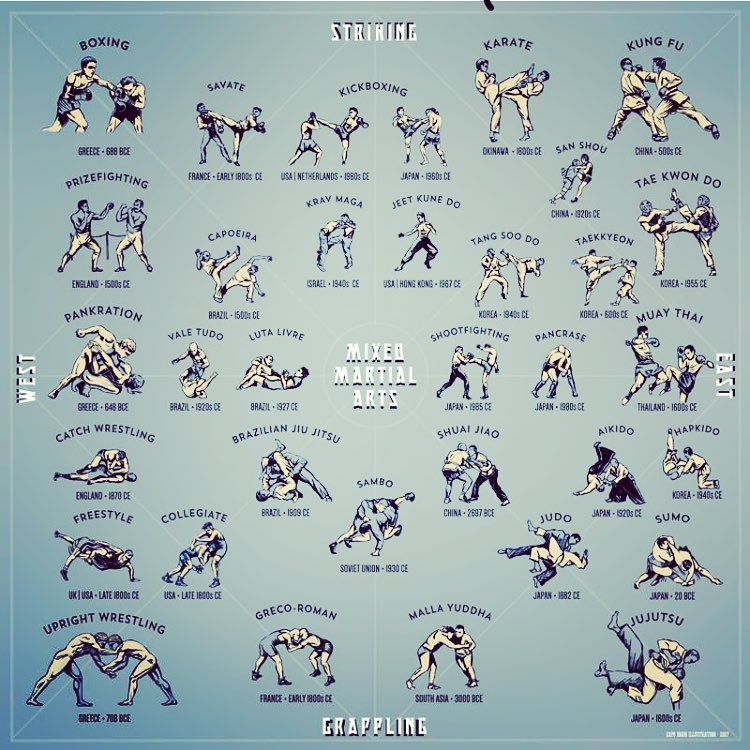The Growth And Historic Context Of Martial Arts Worldwide
The Growth And Historic Context Of Martial Arts Worldwide
Blog Article
Authored By-Padilla Matthews
Martial arts have a fascinating background that covers centuries and continents. You could locate it interesting exactly how ancient practices like Shuai Jiao and Kalaripayattu laid the groundwork for modern combat strategies. These self-controls not only emphasize physical abilities however additionally reflect the cultures that birthed them. As you explore their evolution, think about how globalization has actually changed these typical forms right into hybrid styles. What influences do you assume have formed today's martial arts landscape?
Ancient Martial arts: The Structures of Fight
As you explore the globe of ancient martial arts, you'll discover the abundant structures that shaped fight strategies throughout cultures. Early methods focused on Self-Defense and survival, typically including strikes, grappling, and weaponry.
In ancient China, for instance, strategies like Shuai Jiao stressed tosses and joint locks, while India's Kalaripayattu showcased agility and liquid motion. Japanese samurai created Kenjutsu, a polished swordsmanship that highlighted self-control and method.
russian martial arts offered not just for fight yet additionally as a means of individual advancement, instilling values like respect and determination. The mixing of these methods in time laid the groundwork for the varied martial arts you see today, each mirroring the special viewpoints and demands of its society.
The Social Impact on Martial Arts Development
While martial arts commonly reflect the useful needs of a culture, they likewise personify the cultural worths and beliefs of their origins. When Find Out More explore different martial arts, you'll observe exactly how they're affected by religious beliefs, viewpoint, and social norms.
For instance, the emphasis on regard and self-control in Japanese martial arts stems from Zen Buddhism and samurai culture. In preschool karate , Brazilian Jiu-Jitsu promotes adaptability and approach, shaped by the need for performance in a diverse, multicultural atmosphere.
You might find that the rituals, attires, and training methods mirror an area's history and identification. By recognizing these social influences, you deepen your admiration of martial arts and their role fit human experiences around the world.
Modern Adaptations and the Globalization of Martial arts
Martial arts have actually changed substantially in current years, adjusting to contemporary society and international impacts. You'll discover that traditional types have mixed with contemporary techniques, producing hybrid styles like mixed martial arts. These adaptations accommodate diverse audiences, making martial arts easily accessible and appealing worldwide.
With the increase of social networks and digital systems, you can locate tutorials and competitors from all corners of the world, damaging geographical obstacles. This globalization has led to a shared admiration for various self-controls, from Brazilian Jiu-Jitsu to Taekwondo.
As you engage with these arts, you'll realize they're not nearly fight; they promote health and fitness, discipline, and mental wellness.
Inevitably, modern-day adjustments have actually enriched the martial arts landscape, making it a dynamic and evolving technique.
Final thought
In checking out the history and advancement of martial arts, you reveal a remarkable blend of strategies, cultures, and philosophies. From ancient self-controls like Shuai Jiao and Kalaripayattu to the contemporary flexibility seen in mixed martial arts, martial arts reflect humanity's quest for Self-Defense and personal growth. As you engage with these practices, you not just obtain abilities yet also a much deeper admiration for the varied practices that shape our world today. So, proceed your journey and accept the art of battle!
